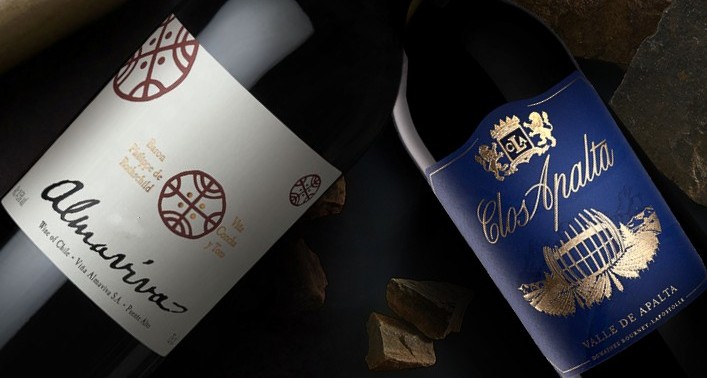As the national wine of Portugal, sweet and complex Port is commonly enjoyed as a dessert wine, favourable to those with a sweet tooth but also can be enjoyed today as an aperitif. Ports are becoming more popular again with a more approachable style at a younger age. So, let’s get to know Port again and see why there are so many stand outs!
What is Port Wine?

Port is a fortified wine that results from the addition of spirits such as brandy to stop the fermentation, leaving some of the natural sweetness from the residual sugars of the grape in the wine. Port is produced in the wine region of the Douro, Portugal. And according to European Union Protected Designation of Origin guidelines, only fortified wines made in Portugal are permitted to be labelled “Port” or “Porto”.
Main Style of Port

In general, there are 4 major styles of Port including Ruby Port, Tawny Port, White Port and Rosé Port, while the first two are the most common.
1. Ruby Port

Ruby Port is a deeply colored red Port, of which the most common ones show youthful and fruity character and have the most affordable price among all ports. It is made from a mixture of red grapes, which is usually aged in large oak cask for 2 to 3 years. Some of them may even aged in concrete or stainless-steel casks to avoid oxidation for preserving its full-bodied fruitiness. Ruby Port is refreshing, filling with sweet flavours of red and black fruit flavour and containing low tannin.
There are more sub-classes of Ruby Port, such as Reserve, Late Bottled Vintage (LBV) and Vintage. Given different winemaking and ageing time, they have completely different styles and flavours.
2. Tawny Port
Tawny Port has longer aging time which at least aged in wooden barrels for 7 years. For the wine label, the age is usually designated as 10, 20, 30 or 40 years while Colheita is also one of the Tawny Port. During the long aging process, there is a gradual oxidation that mellowing wine into an orange-brown color. At the same time, its fresh fruity character will be transformed as a nutty and caramel complex flavour.

Port and Food Pairing

Port is commonly enjoyed as dessert wine, so undoubtedly it perfectly pairs with dessert, especially chocolate, as it goes well with the soft tannin and rich red berry flavours of Ruby Port. For Tawny Port, it matches impressively well with hard cheeses, such as Parmesan. Moreover, the richness and concentration of nutty flavours successfully combine with the smoky character of presunto (Portuguese cured ham) or Spanish jamon iberico, and balance the richness of the foie gras.


 Same Day Pick-up
Same Day Pick-up



















